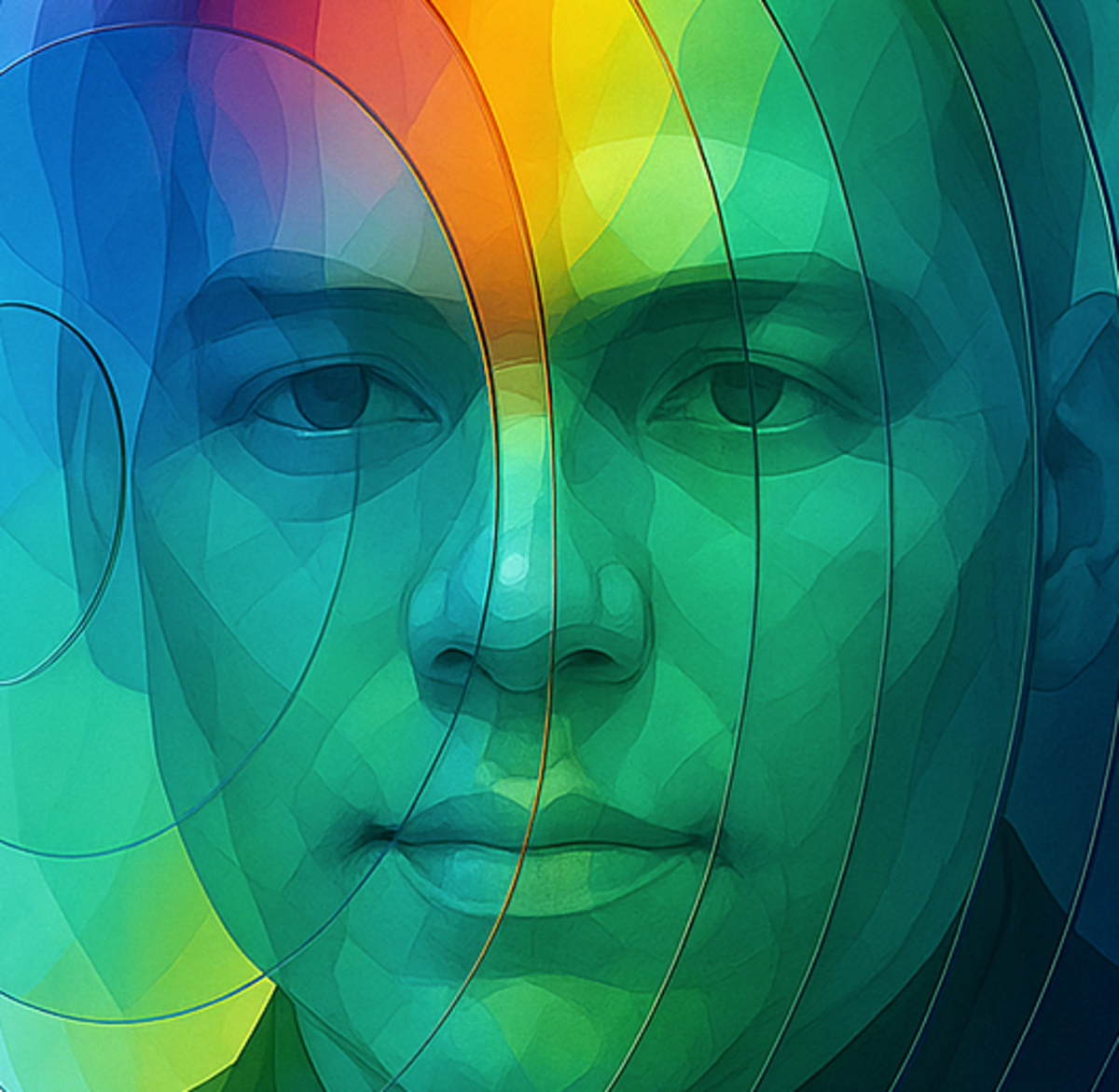- Pascal's Chatbot Q&As
- Archive
- Page 73
Archive
OpenAI is accused of reproducing and using the plaintiffs' copyrighted materials (journalistic works) without authorization or licensing, which violates Canadian copyright laws.
OpenAI allegedly bypassed measures like the Robot Exclusion Protocol, paywalls, and other technological barriers implemented by the plaintiffs to prevent unauthorized access and copying of their works

4 creators and 1 scientist talking AI: "The first thing everyone does when they learn any new art form is they copy people... it’s a totally natural kind of behavior."
"AI will just become part of our lives like social media or the internet... we won’t even talk about it in 20 years."

The compression of copyrighted information into a model without significant transformation could weaken claims that training constitutes fair use.
Plaintiffs could argue that models simply "compress" and reproduce copyrighted material without creating sufficiently transformative new works.

1. To address theft of creative works by multinational companies operating in Australia. 2. Developers of AI products must be transparent about the use of copyrighted works in their training datasets
3. Urgent consultation with the creative industry to establish mechanisms that ensure fair remuneration for creators when their copyrighted materials are used to train AI systems.

If the focus remains disproportionately on infrastructure like data centers (the "servers") while underfunding education and skill development (the "local processing")...
...humans may increasingly depend on centralized systems for AI capabilities rather than developing robust local (human) expertise and agency.

The panel agreed that the greatest scientific advances would come from interdisciplinary work, combining AI expertise with domain-specific knowledge, such as biology, chemistry, and social sciences.
Sir Paul Nurse stressed the importance of public trust and dialogue to prevent societal rejection of new technologies. He called for deliberate efforts to engage with and educate the public.

GPT-4o: While AI can generate impressive content, much of its "creativity" is rooted in repurposing existing material. This highlights the limits of AI's originality.
Alignment methods like Reinforcement Learning from Human Feedback (RLHF), which aim to make AI outputs more aligned with human expectations, reduce AI creativity by 30.1% on average.

Mumsnet's Justine Roberts’ critique highlights an inherent tension: the transformative potential of AI versus its potential to exploit content creators and stifle smaller platforms.
A balanced solution would ensure: Creators and smaller platforms remain viable, AI systems are built ethically, fairly, and inclusively, Innovation continues within a framework of accountability...

The Challenges and Solutions to Addressing AI-Related Misconduct in a Rapidly Evolving Technological Landscape. What Big Tech Should Not Do: Exploit Legal Loopholes, Prioritize Profits Over Ethics.
GPT-4o: Companies like Google, Microsoft, and OpenAI should disclose their data acquisition methods, provide opt-out mechanisms, and ensure that training data is obtained with consent.

GPT-4o: I agree with the artists because these practices reflect broader issues in the AI industry, such as under-compensation for creative contributors and the opacity of corporate processes.
GPT-4o: If OpenAI aims to foster goodwill and trust within creative communities, it should address these issues proactively and commit to fair, transparent, and inclusive practices.

The phenomenon you describe reflects a recurring pattern in the history of technology and innovation, where the optimism of creators and advocates often clashes with societal realities.Let’s break this down by examining key examples, why this happens, and its broader implications...
Let’s break this down by examining key examples, why this happens, and its broader implications...

GPT-4o: No humans can fully understand AI models: ~2040-2050. No capable regulators for AI models: ~2060-2070.
However, augmented systems and tools may extend humanity’s ability to work with and govern these technologies effectively, even if full comprehension or direct regulation becomes impossible.












